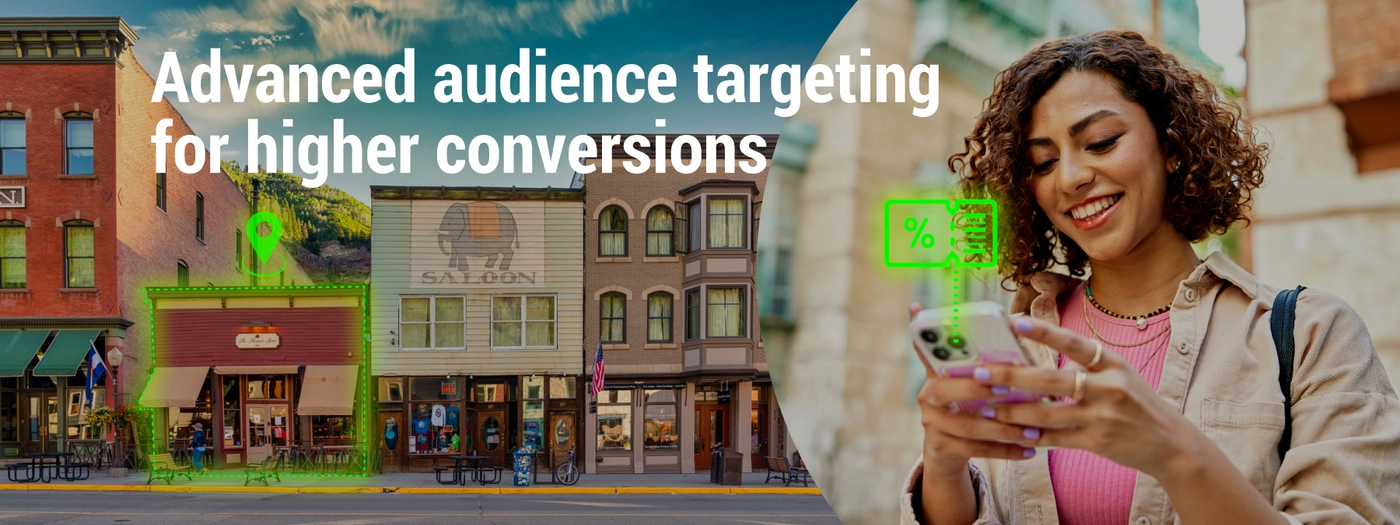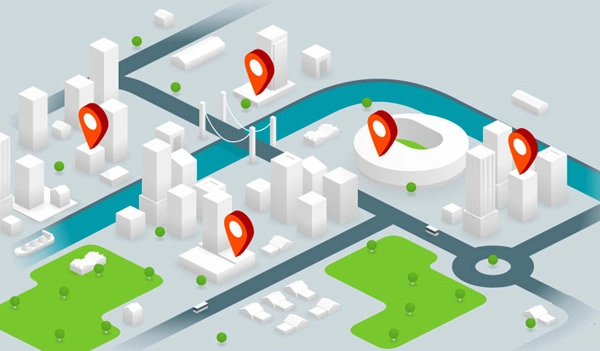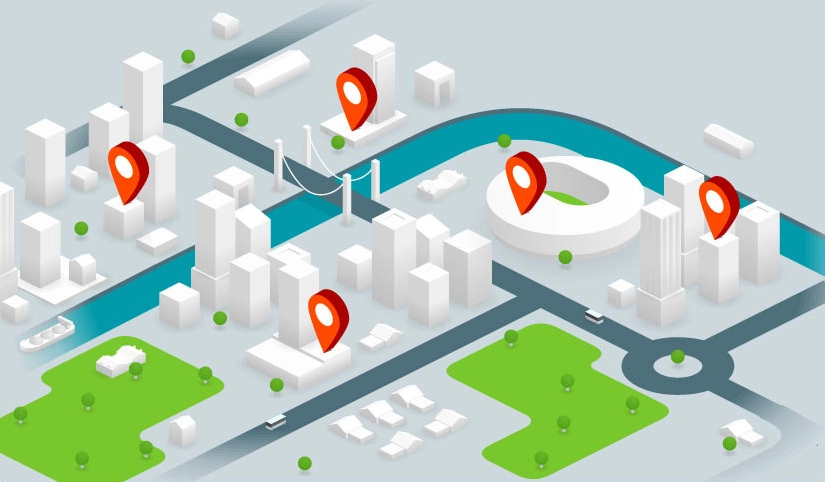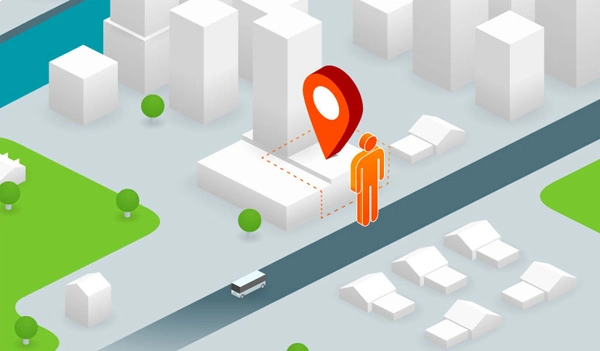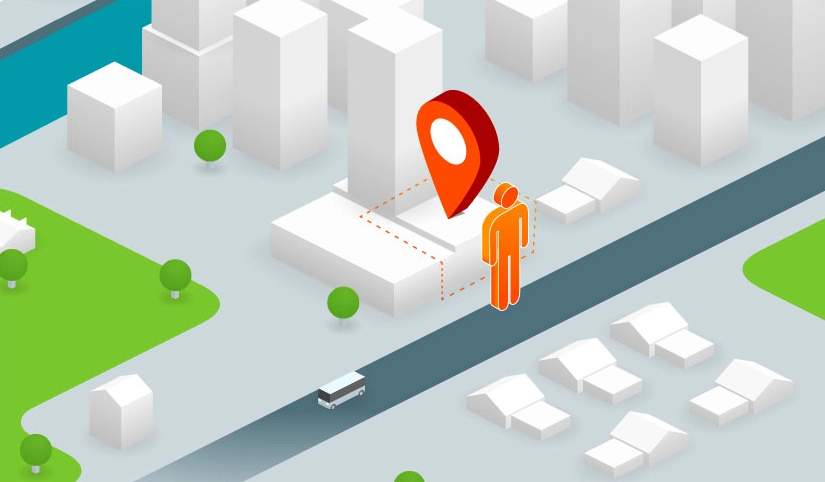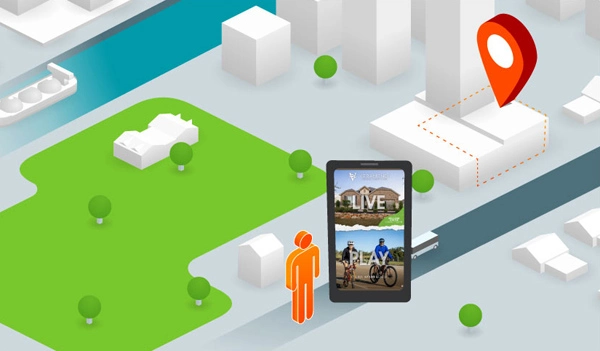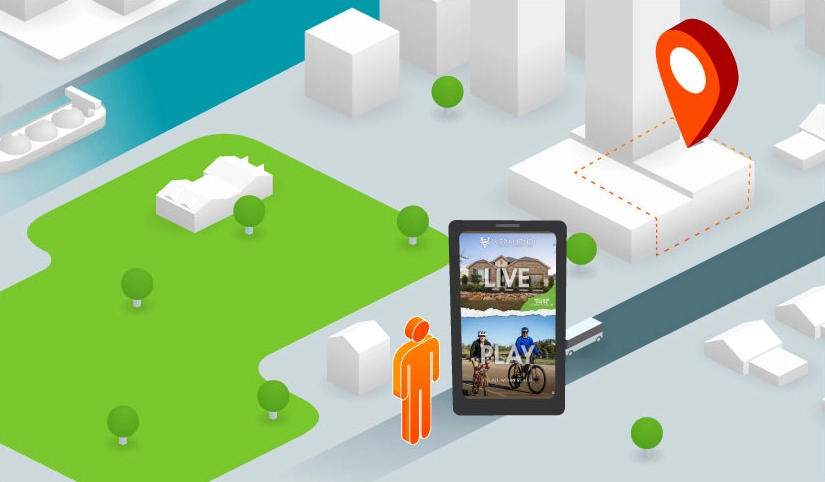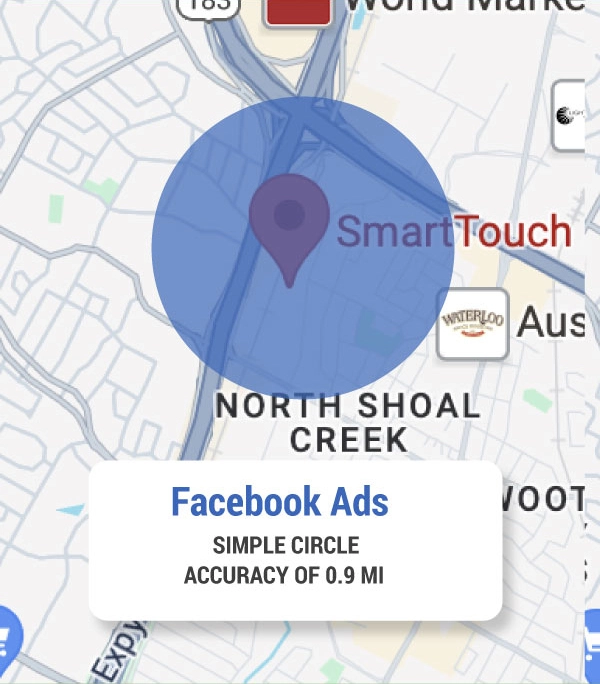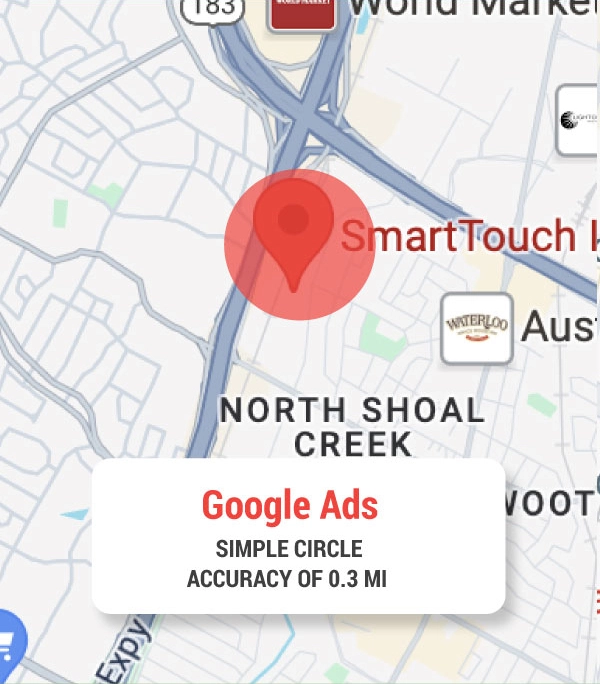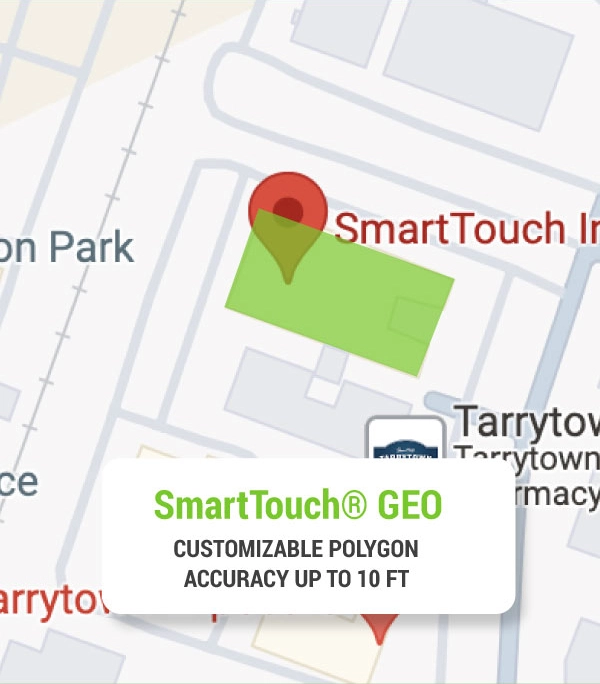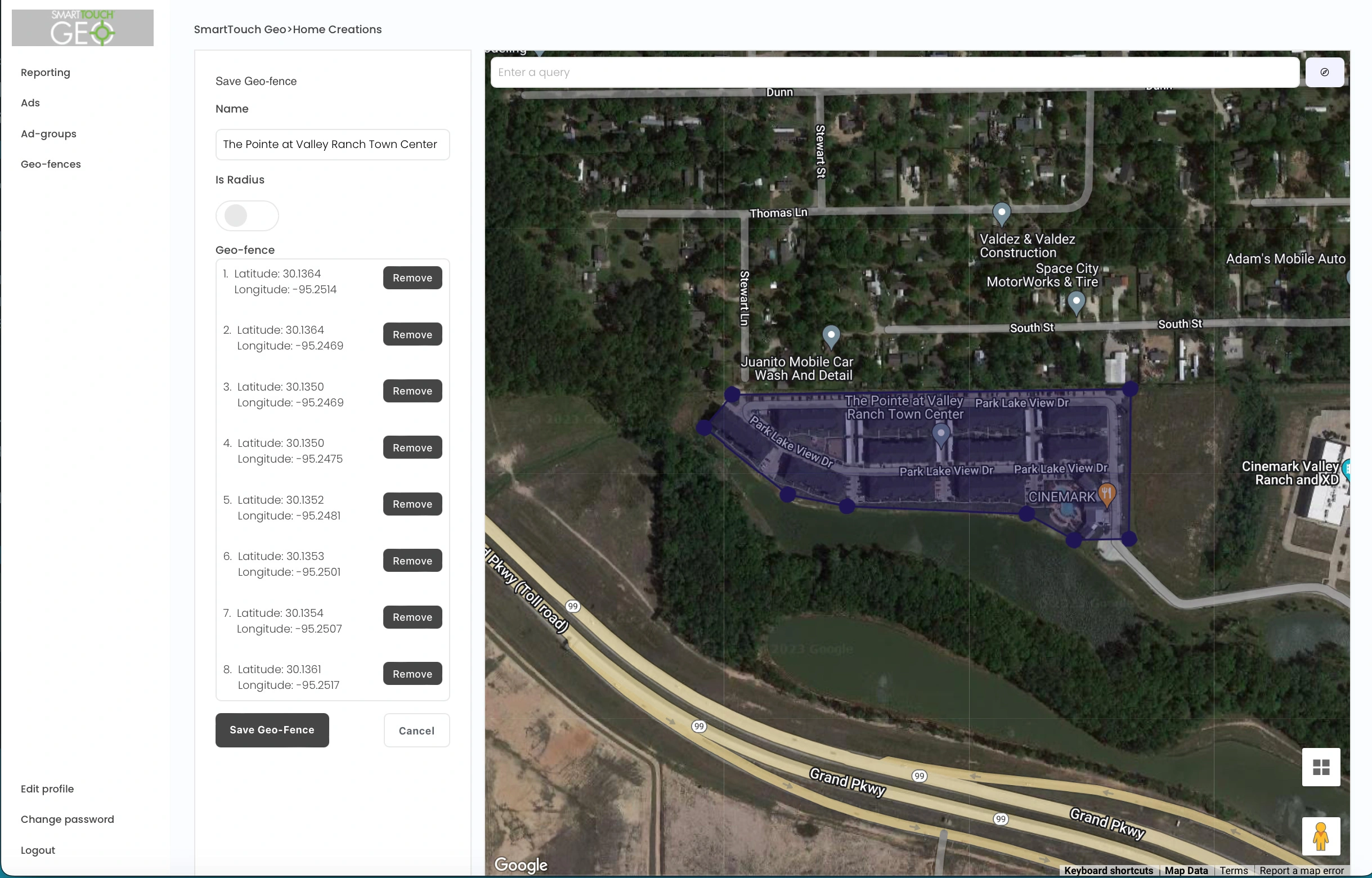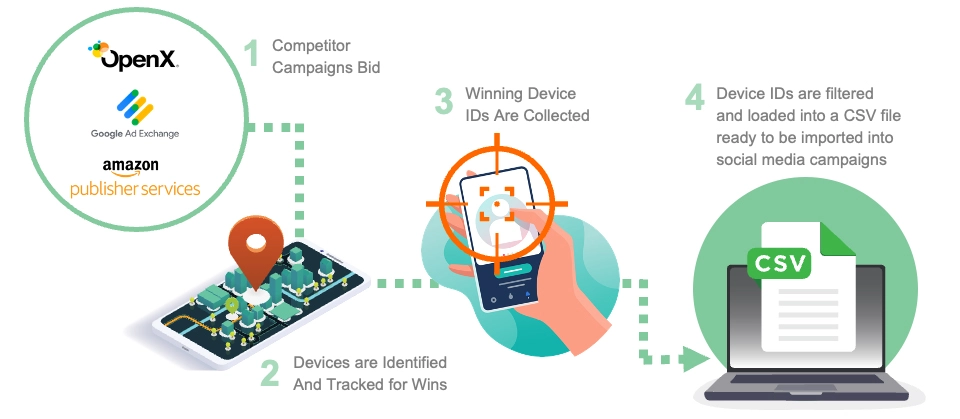How Does SmartTouch® GEO Work?
Geofencing may sound like a complex process, but it’s a simple principle – it is location-based marketing for any type of business made easy and most importantly, highly effective. You can get set up with SmartTouch® Geofencing and tracking in three easy steps:
SmartTouch® GEO Strategies
SmartTouch® IDFA for Targeting in Social Media Marketing
Now you can geofence any location and target audience in their preferred social media platforms with IDFA marketing. Get updated audience files delivered on a pre-determined schedule to your marketing team and advertise to your audiences within their favorite platforms without targeting limitations or per CPM fees.
SmartTouch® for Instant Phone App Marketing
Geofence any location and deliver ads instantly via your customers’ mobile apps, including email, weather and entertainment apps. Get updated audience files delivered to your marketing team upon pre-determined schedules and advertise to your audiences with their favorite apps.
Competitor Conquesting
SmartTouch® Competitor Conquesting is a strategic audience service that leverages key data from our partnerships with leading Ad Exchange platforms such as Google Ad Exchange, OpenX, and Amazon Publisher Services, targeting those actively visiting your competitors display and demand gen ads. With access to this valuable data, and by layering additional data such as device IDs and geo-location, SmartTouch is able to create highly refined audience segments to precision target your most qualified buyers, significantly boosting ad engagement and conversion rates.
Map the Competition
Define and collect competitor display ad data from our Ad Exchange Partners, including Google Ad Exhange, OpenX and Amazon Publisher Services.
Track Competitor Campaigns
Through our close partnerships with these different SSPs (Media Exchanges) SmartTouch can access the live data sets of any active geo campaigns included in our filtering parameters.
Refine Audience with Device IDs
Filtering for the AAID and App ID data relevant to your competitors, SmartTouch can identify and track devices that engage with your competitor campaigns, through clicks, geo-location conversions, or both.
Target Audience with Social Campaigns
Upload and apply this powerful audience to Meta or other social ads, which typically result in 3X higher ad engagement than standard targeting methods.
